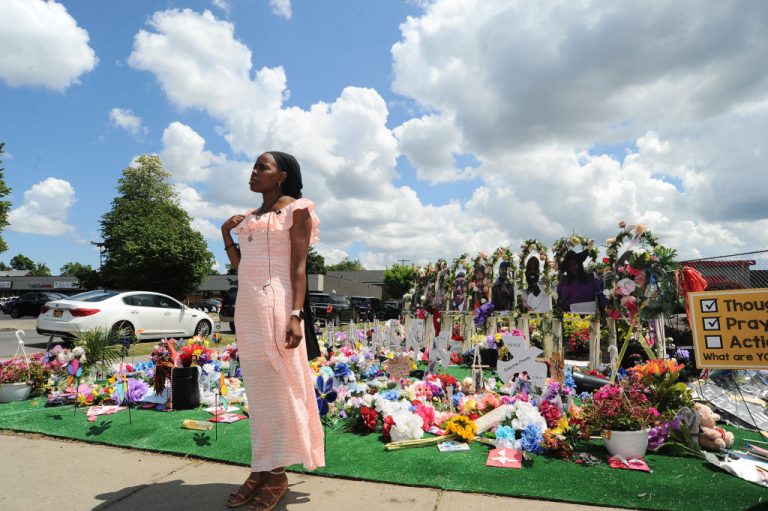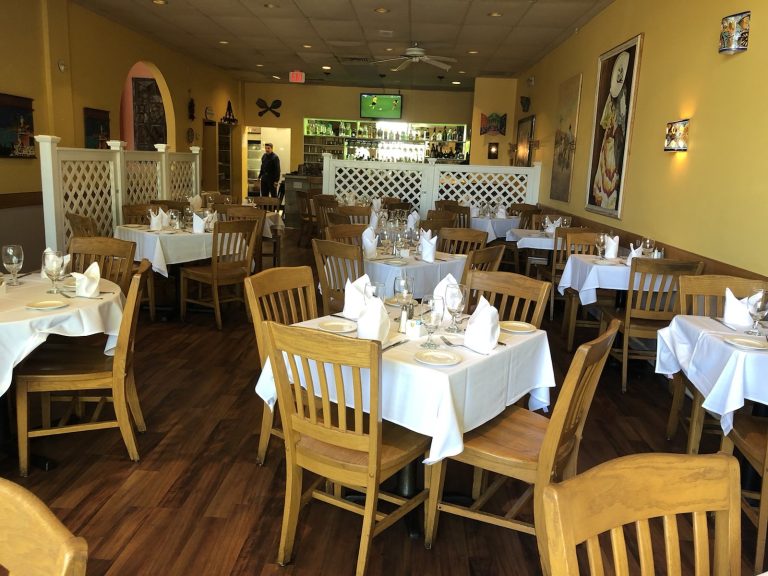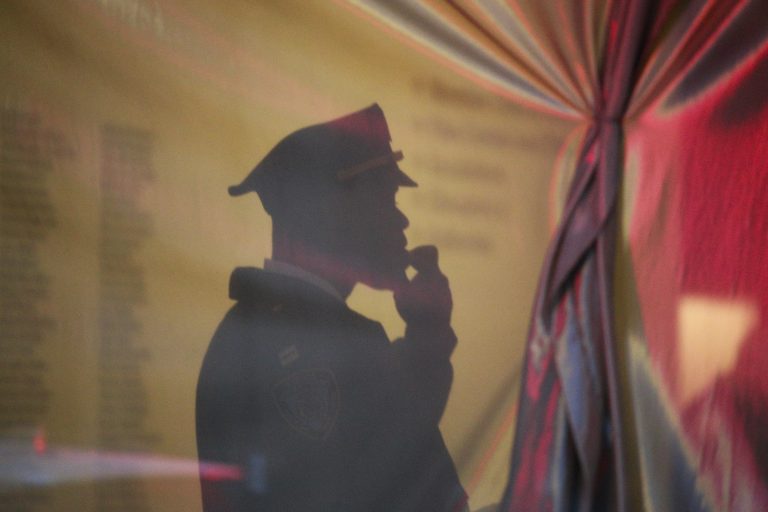Violent crime and shoplifting have been on the rise in the U.S. since the onset of the Coronavirus Disease 2019 (COVID-19) lockdown and mandate regime, with officials accusing pandemic-related stress and slackened crime laws as a source of the change.
Several cities, including Seattle, Los Angeles, Chicago, and New York, as well as rural areas, have witnessed an uptick in shootings and homicides over the past few years.
Consumer electronics retailer Best Buy, for instance, blamed strained profits on an increased number of shoplifts and violence in their stores across the nation during its November of 2021 financial reports.
“We are seeing more and more particularly organized retail crime,” CEO Corie Barry said, according to ZeroHedge.
“You can see that pressure in our financials, and more importantly, frankly, you can see that pressure with our associates. It’s traumatizing,” Barry said.
Crime in numbers
Success
You are now signed up for our newsletter
Success
Check your email to complete sign up
According to a national online survey by food service research firm Lisa W. Miller & Associates LLC last month, 44 percent of interviewees felt insecure going out in public because of rising crime, according to The Wall Street Journal.
Compared to the last probe from March, this number was up 5 percent from 39 percent.
According to data provided by the FBI, aggravated assaults rose by 60 percent in eateries nationwide from 2018 to 2020 and by 73 percent in grocery stores, the Journal reported.
Approximately 72 percent of food retailers questioned by grocery trade group FMI said they were planning to crank up their anti-violence policies. In contrast, the newspaper said 88 percent of the respondents said such measures were already in place, the newspaper said.
Striking cases
In June, an armed person threatened a cashier at a west coast Mod Super Fast Pizza outlet, prompting the manager to throw herself into the path of the potential bullet, Becky Mulligan, Senior Vice President of Operations told WSJ.
“There seems to be a layer of stress going into the restaurants, more than it used to,” Mulligan added.
Last month several 7-Eleven convenience stores in Southern California had to close after a spree of robberies and assaults hit multiple outlets, leading to the death of two people and the injury of three others.
READ MORE ON CRIME AND INFLATION:
- Social Media Grooms Youth to Make Impulse Purchases, Worry About Money: Survey
- Rising Food and Housing Costs Forcing Millions of Canadians to Go Hungry
- Canada Proposes Paying AR-15 Owners $1,337 Per Rifle in Mandatory Buyback Program
- Manhattan Businesses Unite, Demand Action by Gov. Hochul to Address Skyrocketing Crime
Earlier this year, Vision Times reported on criminals involved in the trend of vehicle break ins and carjackings in San Francisco. After committing the crime, thugs would typically fence their goods at an open air street market, unhindered by law enforcement.
We also reported how train robbing had become the new normal in Los Angeles County. It was estimated that railroad freight hauler Union Pacific (UP) lost $5 million last year due to an escalating number of train lootings.
On July 14 in Buffalo, New York, according to authorities, a Tops Friendly Market supermarket was raided by gunman Payton Gendron, who killed 10 Black people and injured three others in what officials say was a racism-inspired attack.
Loose regulations, or pandemic stress?
Some local officials and law enforcement lay the blame for the increase in crime rates on the political trend of loosening up criminal regulations and defunding the police, while others point to pandemic-related stress and consider rising inflation and tighter budgets as the main culprits.
According to ZeroHedge, across San Francisco, a number of Walgreens stores had to close down due to slacking shoplifting laws.
The problems aren’t limited only to America. In another article, we reported on how a UK industry magazine, The Grocer, observed a new exponential trend manifesting in the grocery industry, the most striking characteristic of which was the hike in first-time shoplifters.
The magazine said most snatching involved cheap personal items and food, signaling a tendency toward stealing for survival due to exponentially rising living costs.















